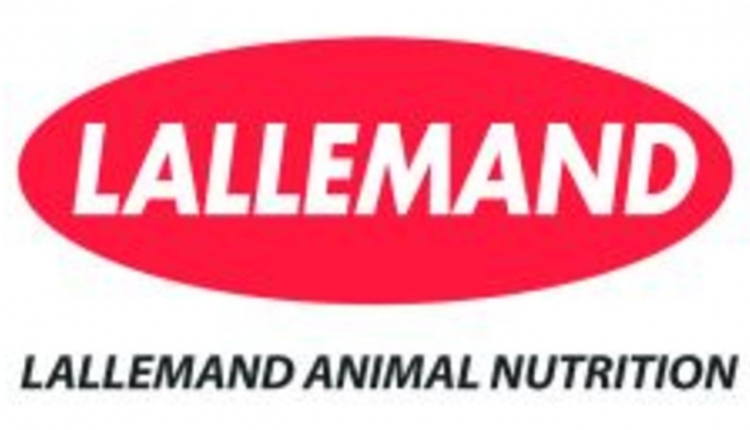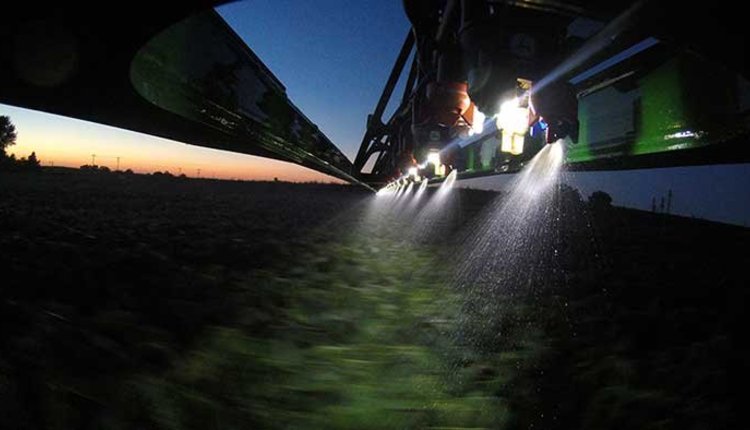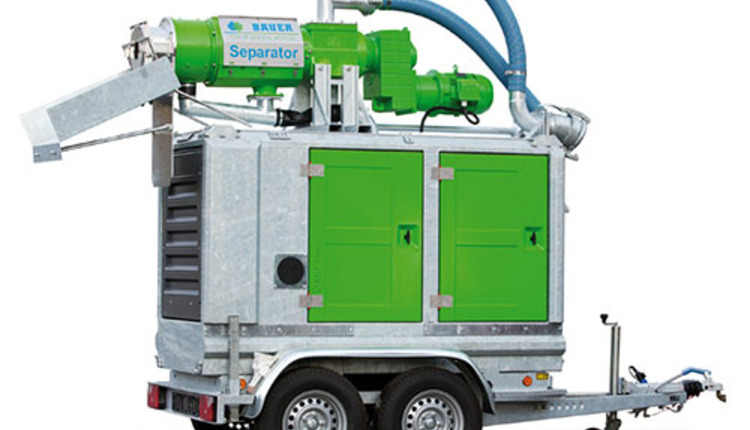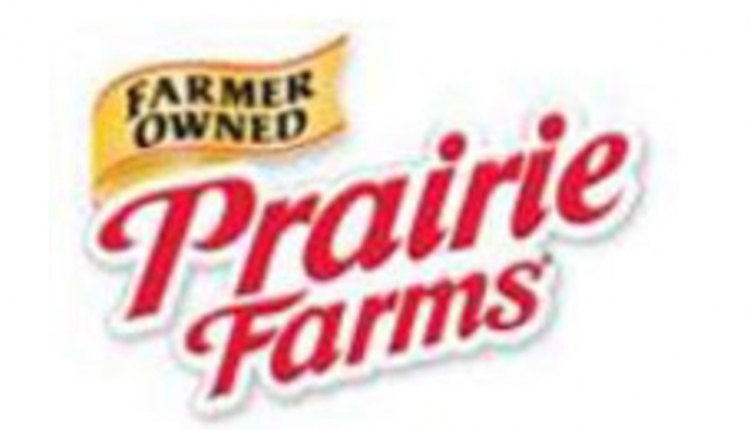
Dairy producers and nutritionists now have access to a new tool to fine-tune their herd's diets – a "Quick Guide" to fatty acid profiles outlining their impact on feed efficiency (FE).
"Feed efficiency is not always the first reason dairy producers think about as to why they are feeding fat to their dairy cows," says Kevin Murphy, global technical director for Virtus Nutrition LLC, a California-based leader in fatty acid nutrition for dairy cattle. "The answers tend to be: milk, body condition, and reproduction."
But this Quick Guide video takes a closer look at the different fatty acid profiles of fat sources and their effect on feed efficiency. It includes a summary of the controlled data from a tremendous body of research that has taken place over the last few decades, graphing feed efficiency as defined by fat corrected milk divided by dry matter intake.
Just a note on the breadth of the studies included, there is work from Dr. Charlie Sniffen in 2004, which was a fat review with 12 to 18 different studies included across a variety of fat supplements; also the Dr. Ian Lean research from 2011, which is a meta-analysis including 21 to 28 different studies; and some of the more recent studies from Dr. Eduardo Rico in 2014, and Dr. Piantoni in 2015, that included palmitic prill and stearic prill compared to controls, respectively. As you can see the calcium salt data clearly floats to the top across these studies when compared to other fat sources from palmitic and stearic prills to those other common feed ingredients such as roasted soybeans, cottonseed and tallow.
According to Murphy, dairy producers should be asking their nutritionists: "How much impact does feed efficiency have on my bottom line?"
One example on the economics of an 80-pound fat-corrected milk herd with a 10-cent per pound dry matter cost tells the story. The base case is a 1.5 feed efficiency with 53.5 pounds DMI. Improving feed efficiency by just 1/10th to 1.6 FE with milk holding the same, the producer will save 35-cents per cow/per day. If FE is at 1.7 then the producer will save 65-cents per cow/per day.
"As is evident from these examples, huge dollars are involved when it comes to improving feed efficiency," Murphy stated. "Fatty acid profiles of fat supplements show that differences really do matter. Checking the profile of your fatty acid sources will help you and your nutritionist know the exact contribution of both unsaturated and saturated fatty acids, and their impact on milk, milk fat and feed efficiency," he explained.
Calcium salts have a relatively balanced profile with 50% palmitic and 35% oleic; stearic prills are weighted toward the saturated side, while palmitic prills are mostly palmitic.
For the common feed ingredients: cottonseed and roasted soybeans are both high in 18:2 unsaturated linoleic acid; and tallow is commonly high in saturated fatty acids, palmitic and stearic acids, as well as 18:1, unsaturated oleic acid.
"The bottom line is, these differences in fatty acids matter as they drive different results in milk, milk fat and dry matter intake," Murphy declares. "If you are measuring feed efficiency today on your dairy, congratulations. If you are not, hopefully this Quick Guide will give you additional incentive to take that next step."
Check out this link to watch the short video or download a free copy of the Quick Guide to Feed Efficiency and Fatty Acids at: www.fattyacidforum.com/quick-guide-to-feed-efficiency-and-fatty-acids
6.09.2016








